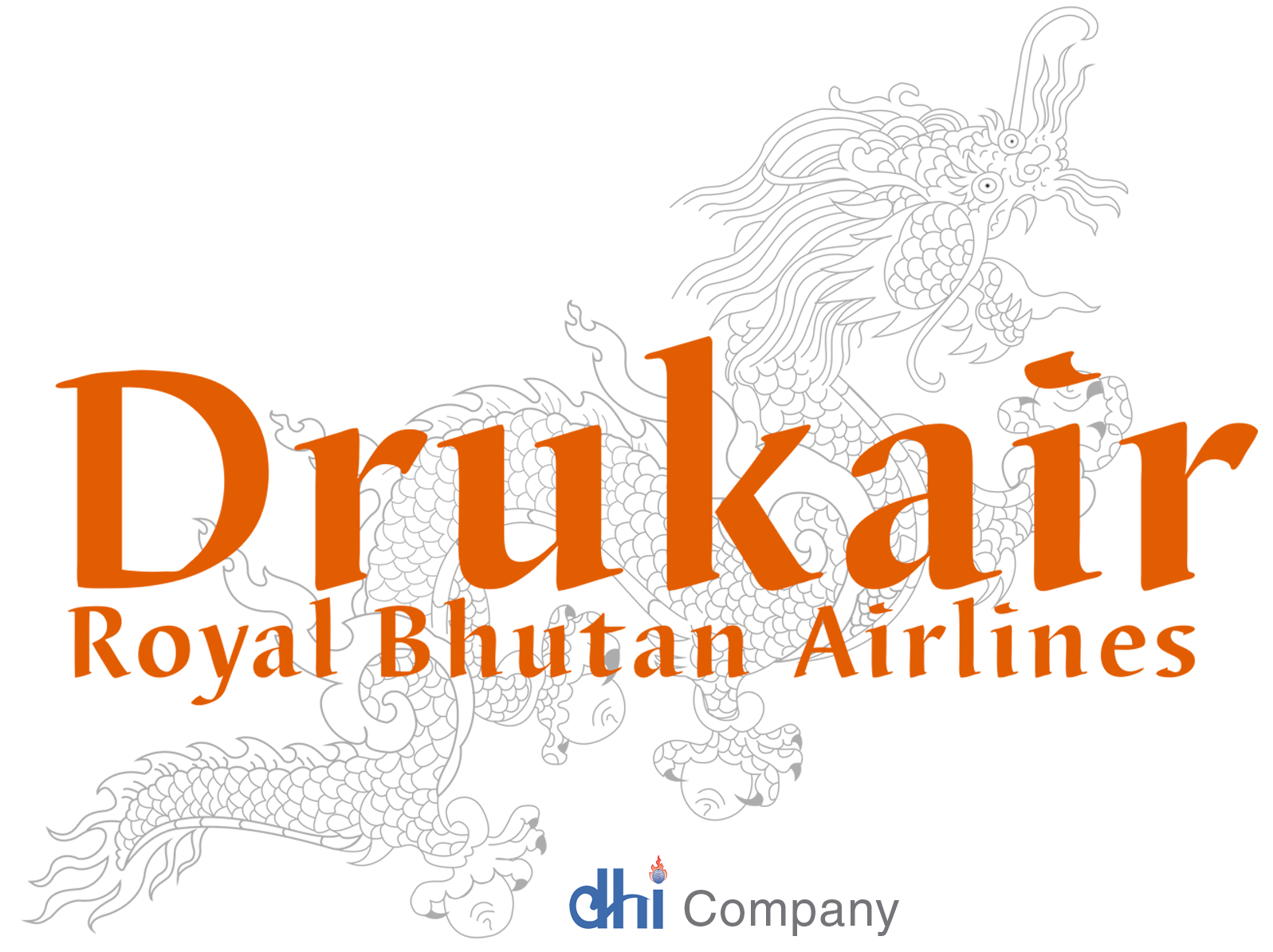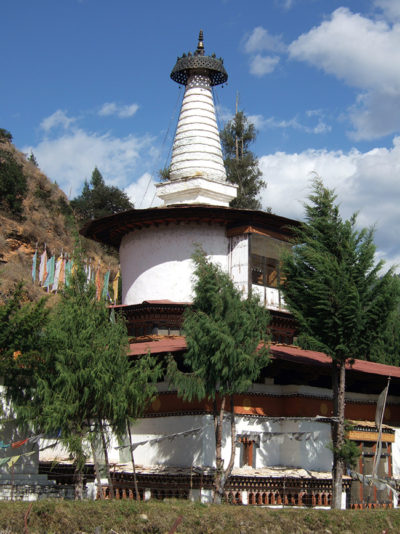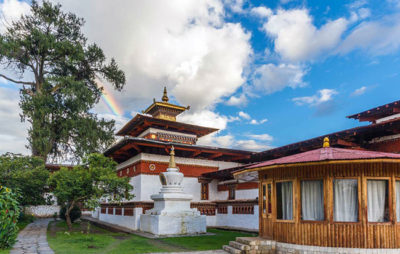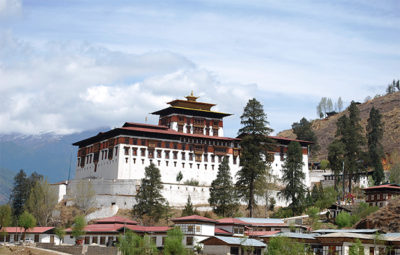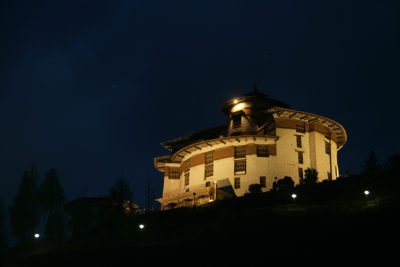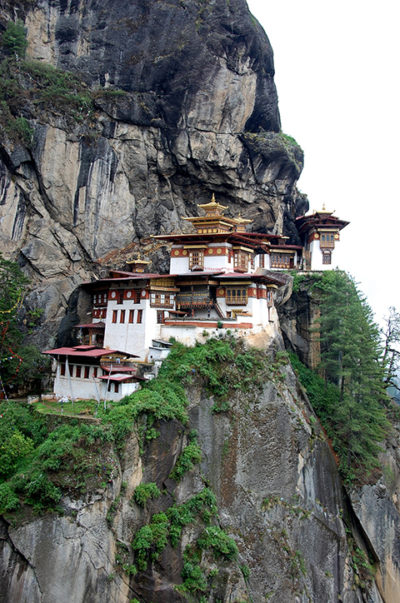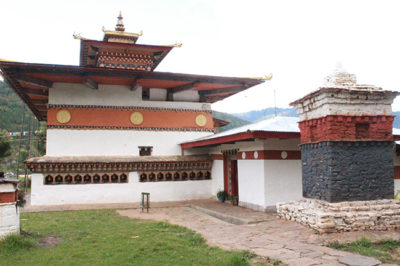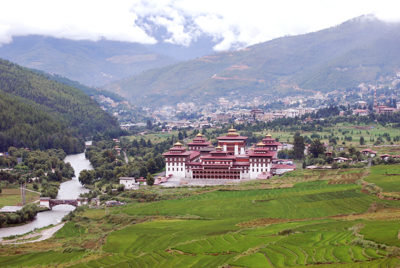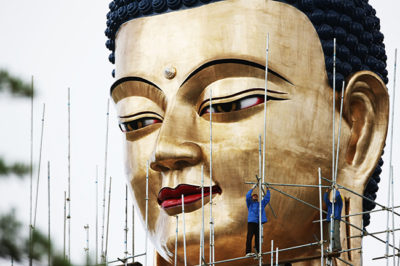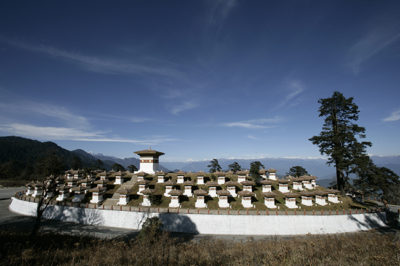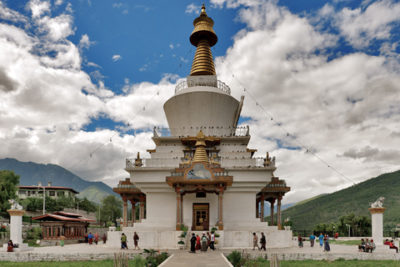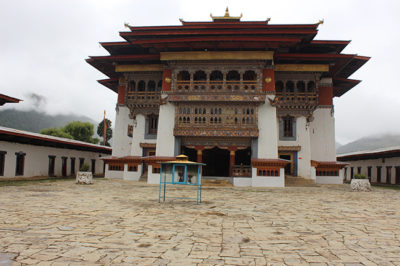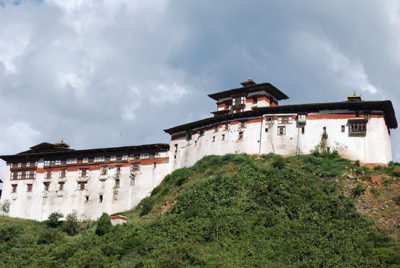Trashichhoedzong
Also known as “fortress of the glorious religion”, it was initially built in 1641 and later rebuilt in its present form by King JigmeDorjiWangchuk in 1965. The Dzong houses, main secretariat building which houses the throne room of His Majesty, the King of Bhutan. The National Assembly Hall is housed in a modern building on the other side of the river from the Dzong. During the warmer summer months, the monk body headed by His Holiness, the Je Khenpo, makes its home in the Dzong.
Memorial Chorten
This stupa was built in 1974 in the memory of Bhutan’s third King, His Late Majesty, King JigmeDorjiWangchuk, who is popularly regarded as Father of modern Bhutan. The paintings and statues inside the monument provide a deep insight into Buddhist philosophy.
The Folk Heritage Museum (PhelcheyToenkhyim)
It is dedicated to connect people to the Bhutanese rural past through exhibits, demonstrations, educational programmes and documentation of rural life. The principal exhibit in the Museum is a restored three storey traditional rammed mud and timber house, which dates back to the mid-19th century. The design and form of house is that of an average household in the Wang area during that era. The age of structure demonstrates the durability and performance of the building materials. From ground to top floor, household objects, typical domestic tools and equipments that would have been used by a family during that period are put on display. The Museum is also developing some of the native trees and plants that were used for various domestic purposes in the rural households.
National TextileMuseum
With the opening of TextileMuseum, under the patronage of Her Majesty the Queen AshiSangayChoden, Bhutanese Textilehave reached new heights as one of the most visible distinct art form. The TextileMuseum has opened its exhibition on six major themes – warp pattern weaves, weft pattern weaves, role of Textiles in religion, achievements in Textile arts, Textiles from indigenous fibers and the royal collection. The crowns of Bhutan’s Kings, namzas (dresses), the first version of Royal Crown and other accessories used by members of Royal family can be found in the Museum. The goal of the Museum is to gradually become a center for Textile studies that will carry out documentation, research and studies on Bhutanese Textiles.
Buddha Point(KuenselPhodrang)
Located at a short drive from Thimphu city centre, visitors can get a good overview of the Thimphu valley from the Buddha point (KuenselPhodrang). You can pay your obeisance and offer prayers to the Buddha, the largest statue in the country and then walk around and take a glimpse of the valley.
